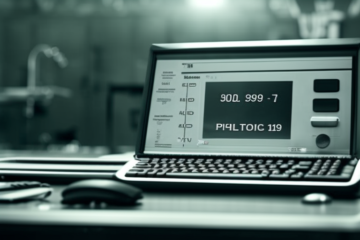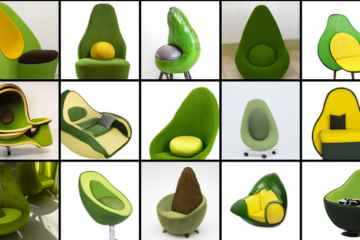Automotive networks challenges

Automotive networks were a great discovery after joining the automotive industry. They are special, challenging and face different problems than usual networks. What’s special about them? What are the key differences from regular networks? I’ll tell you to improve your understanding of car technology.
I would highlight 8 characteristics that I think make automotive networks very special.
1. Limited computing power. Usually automotive ECU are based on microcontrollers with limited capabilities, you don’t have as much computing power as in a regular network server even though each ECU is a small server. This is changing to support self driving technology and will likely exceed many servers computing capacity.
2. Complex boot up. Even though some nodes are in a sleep mode using the car battery, most of the communication and system boot up is started at the same time at key ignition. This is very challenging as there are many many nodes and the startup should be deterministic. Transients are very difficult to design and to debug. The system has to start clean everytime without errors.
3. Startup time. You need to minimize the startup so users don’t have to wait for the car to startup. Imagine having a car that takes to start a similar time as a network server, it would be painful.
4. Real time requirements. They have to meet tight timing constraints down to milliseconds. Communication for critical messages should be prioritized and there should be no time drift.
5. Safety requirements. As the automotive network is a key system in the car, many safety requirements apply to them, creating restrictions that limit the options that you have when developing them.
6. There are many nodes. An actual automotive network has between 15 and 100 nodes1 (and increasing). All nodes should work simultaneously in cooperation. The network should be well balanced to avoid saturation or congestion even in transients.
7. Many buses. Inside the car there are many different buses such as: CAN, Flexray, LIN, Automotive Ethernet… Multiple technologies with their particularities and their hardware. Each bus is used for different purposes but in the end, everything is connected through gateways.
8. Automotive Ethernet. Cars use a different phys than standard Ethernet networks. They use 100Base-T1 and 1000Base-T1 as physical layer. Main reason is to reduce network cable costs as it only uses one twisted copper pair. Automotive phys also come with special implementations that removes the negotiation time and other details to reduce the startup time.
In conclusion, developing an automotive network is a challenging task with many particularities that generally makes them more difficult to design, implement and debug.
If you want to read more articles like this, subscribe to the newsletter.


